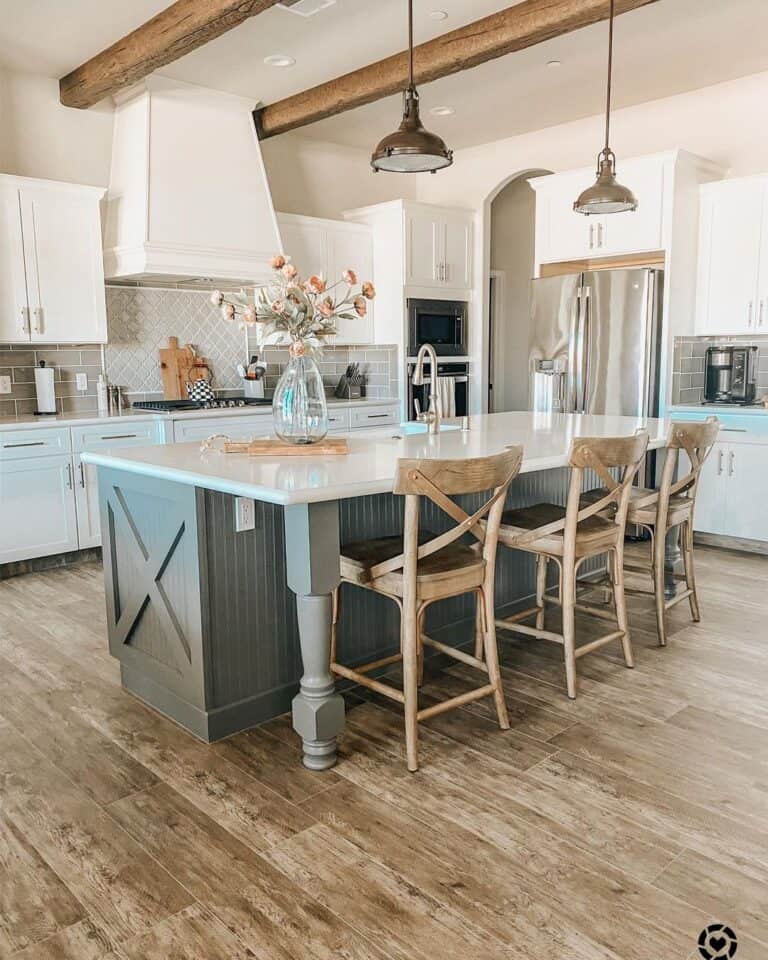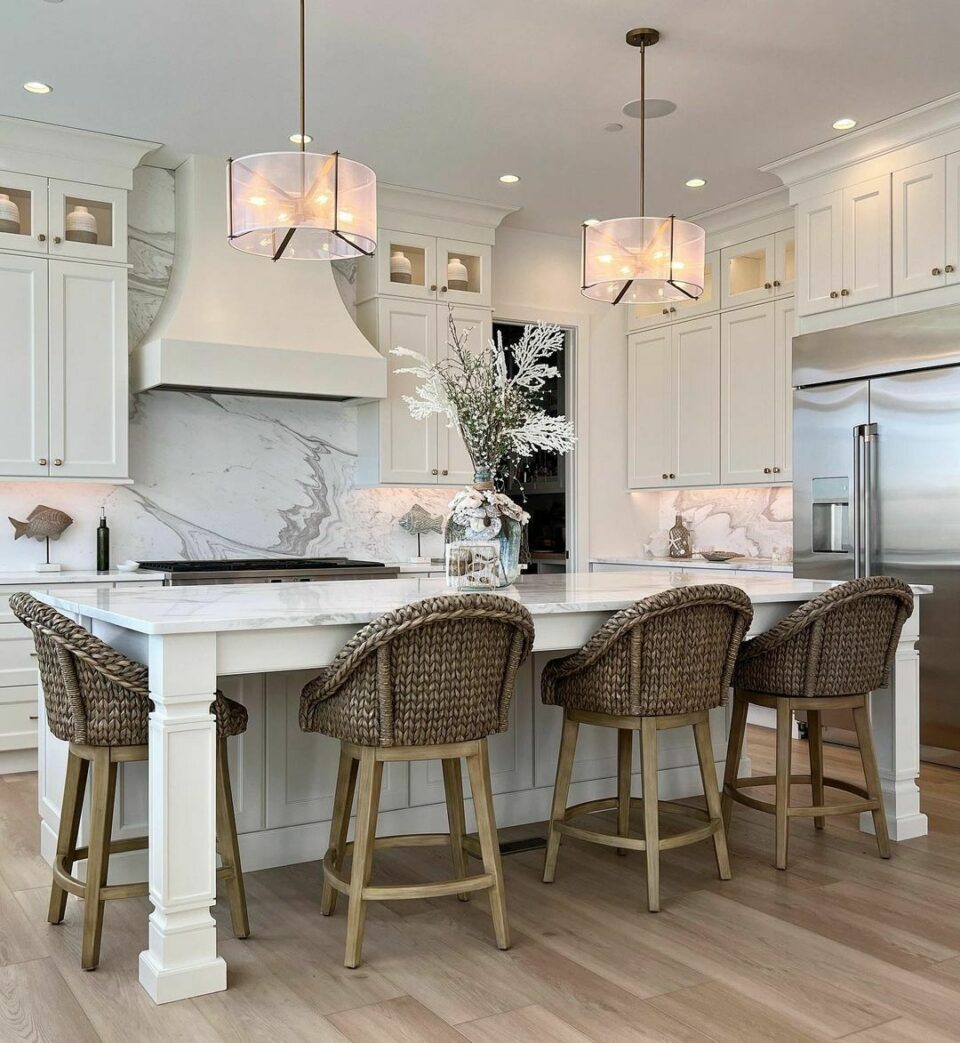Attain a Sophisticated Look Utilizing Ornate Legs For Kitchen Island Designs
Attain a Sophisticated Look Utilizing Ornate Legs For Kitchen Island Designs
Blog Article
Crucial Aspects to Think About When Selecting Legs For Kitchen Island
Picking the proper legs for a kitchen area island entails a cautious assessment of numerous aspects that can substantially influence both capability and aesthetic appeal. Amongst these, the option of product plays an essential role in ensuring longevity, while the style should enhance the existing decoration. Considerations such as elevation and weight assistance are necessary for stability and convenience. As we explore these aspects, it becomes clear that each decision can have far-reaching ramifications for the total kitchen area experience. What subtleties should be considered in each of these groups to achieve the suitable balance?
Material Options
When choosing legs for a cooking area island, understanding the different product alternatives is essential for accomplishing both visual allure and architectural integrity (Legs For Kitchen Island). The choice of material substantially affects not just the durability of the island but likewise its general layout and capability
Wood is a popular choice, providing warmth and adaptability. Strong woods, such as oak or maple, give toughness and can be tarnished or repainted to match the cooking area decor. Steel legs, frequently made from stainless steel or wrought iron, add a contemporary and industrial feeling while guaranteeing durability and stability. These products are immune to put on and can sustain significant weight, making them excellent for bigger islands.
Another alternative is crafted materials, like MDF or plywood, which can be more affordable while still using a variety of coatings. They may not provide the very same degree of stability as strong wood or steel. Legs For Kitchen Island. Materials such as acrylic or glass can develop a contemporary appearance, though they may call for extra support to make sure stability.
Inevitably, the choice of product for kitchen area island legs should line up with the desired performance and the overall style of the kitchen.
Design And Style

When considering design, the form and coating of the legs are essential. Conical legs can give a feeling of agility and sophistication, while thicker, a lot more robust legs can convey toughness and stability. Furthermore, the surface-- be it painted, discolored, or natural-- should complement the cabinetry and kitchen counter products to produce a unified look.
Furthermore, the design of the legs can also mirror individual taste. Custom or attractive legs, such as those including detailed carvings or distinct geometric forms, can offer as prime focus, adding personality and character to the kitchen area. Ultimately, the appropriate option will not just improve functionality yet likewise elevate the visual charm, making the kitchen island a standout attribute of the home.
Height Factors To Consider
Selecting the proper height for cooking area island legs is vital, as it directly influences both performance and comfort. The common height for a cooking area island normally ranges from 36 to 42 inches, straightening with common kitchen counter heights. A 36-inch elevation is perfect for cooking and cooking, enabling comfortable usage of kitchen devices and tools. On the other hand, an elevation of 42 inches is typically preferred for islands meant for bar seats, accommodating taller feceses and offering a laid-back eating experience.

It is additionally essential to account for individuals' choices and heights. Tailoring the height can ensure a comfy experience for all family participants, making the kitchen island an extra practical and enjoyable room.
Weight Support
Making certain sufficient weight assistance for kitchen area island legs is essential for both security and capability. The kitchen area island usually serves numerous purposes, consisting of food preparation, dining, and added storage, requiring a durable support framework. When picking legs, it is important to take into consideration the overall weight capability called for based on the island's meant usage and the products that will be positioned on it.
The selection of material for the legs plays a considerable duty in their weight-bearing capabilities. Solid wood, metal, and durable compounds usually offer remarkable toughness compared to lighter materials. Furthermore, the style of the legs-- whether they are explanation right, tapered, or have a pedestal kind-- can influence their ability to distribute weight successfully throughout the framework.
Moreover, the leg placement ought to be tactically prepared to improve security. Legs placed at the edges or with a bigger base can better support heavier loads. Always seek advice from the maker's requirements pertaining to lots limits to ensure that the legs can sustain the intended weight without compromising safety. In summary, selecting kitchen island legs with adequate weight assistance is essential for creating a safe and useful cooking area.
Installation and Upkeep
Proper installment and maintenance of cooking area island legs are crucial for making certain durability and security. This frequently entails securing the legs to the island base making use of suitable bolts, ensuring that the legs are degree and straightened.
Once set up, regular maintenance is essential to preserve the stability and look of the legs - Legs For Kitchen Island. For wooden legs, regular cleansing with a damp fabric and application of ideal wood polish can avoid dampness damages and maintain their surface. Steel legs might require a gentle cleansing remedy to remove grease and gunk, adhered to by a dry cloth to avoid corrosion development
In addition, inspect the legs frequently for indications of wear or damages, such as fractures or loosened joints. Tightening up screws or bolts as needed can likewise extend the life expectancy of the legs. By adhering to these setup and maintenance practices, property owners can guarantee that their kitchen area island remains right here durable and visually appealing for years to come.
Verdict

Visual comprehensibility is paramount in selecting the style and style of legs for a kitchen area island, as these components substantially affect the overall ambiance of the space. Tapered legs can offer a sense of lightness and beauty, while thicker, a lot more robust legs can communicate stamina and stability.Selecting the proper elevation for kitchen area island legs is vital, as it straight affects both performance and convenience. In summary, choosing kitchen area island legs with sufficient weight support is important for creating a functional and secure cooking area.
In final thought, choosing legs for a kitchen island necessitates careful factor to consider of numerous aspects, including material options, design, elevation, weight support, and installation.
Report this page